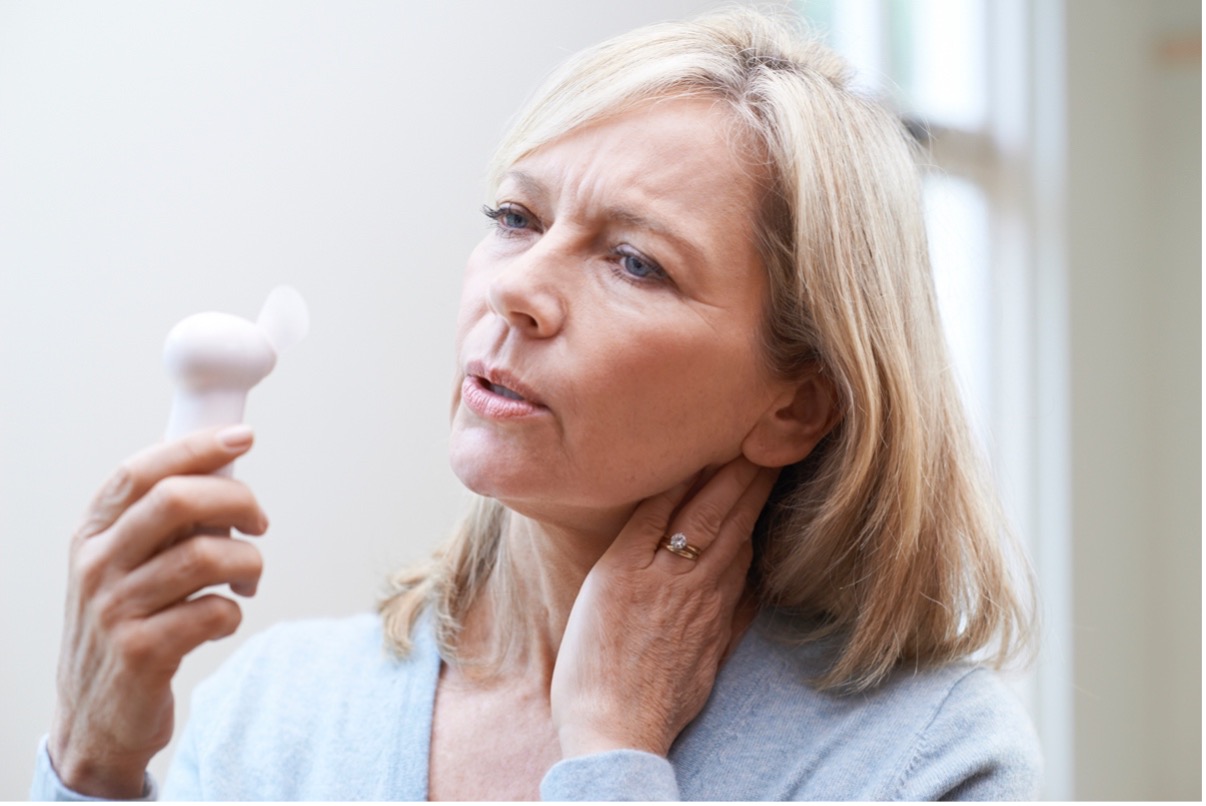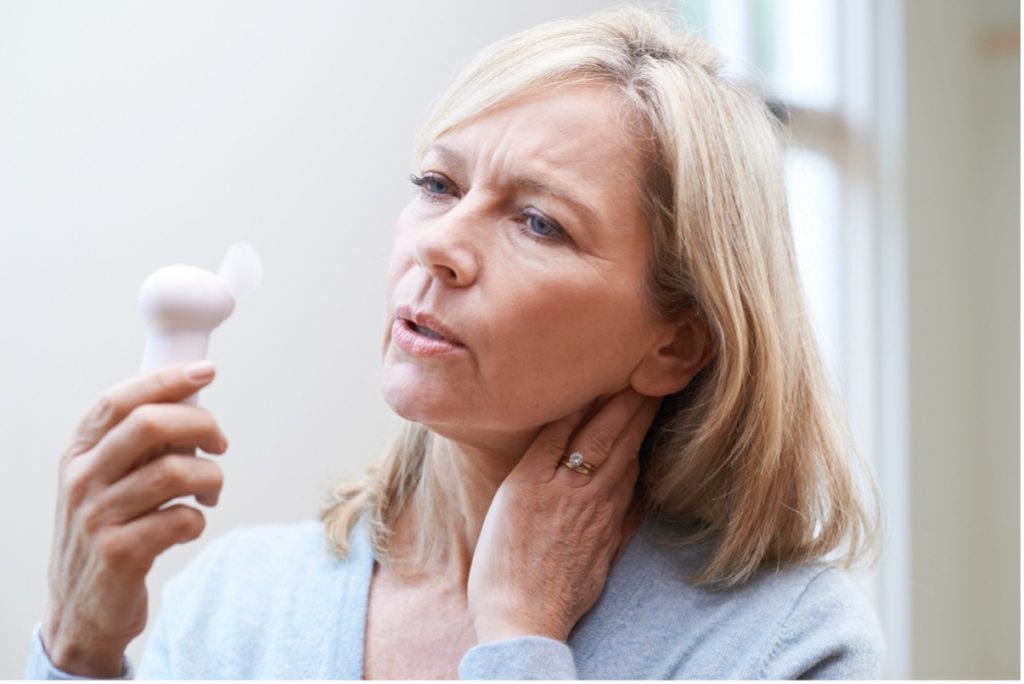It is common to find that our patients don’t understand how they can present a lipid metabolism disorder, when previously these parameters were always under control.
Something we frequently see in menopause are disorders that affect lipid metabolism (higher triglycerides and LDL cholesterol, lower HDL cholesterol, etc.). Women must prepare themselves, consider treatments, and modify their lifestyles if they wish to maintain optimal health.
Dr. Celia Gonzalo Gleyzes – Neolife Medical Team
A brief review of what we call the Lipid Profile
- LDL cholesterol: its function is to transport cholesterol to the tissues. Additionally, it is found in cell membranes and can be converted into various metabolites, such as steroid hormones. The LDL fraction contributes to the formation of atheroma plaques in the arteries, making them more rigid and potentially obstructing them (atherosclerosis).
- HDL cholesterol: the HDL fraction prevents the accumulation of LDL cholesterol. HDL displaces free cholesterol from cells and other lipoproteins. This cholesterol is transported to the liver where it is excreted through the biliary tract. HDL lowers the levels of cholesterol accumulated in the endothelium (cell wall) of blood vessels, thus benefiting the cardiovascular system.
- Triglycerides: constitute a form of energy storage. They can accumulate in adipose tissue and other organs causing diseases (hepatic steatosis, pancreatitis…). We obtain energy from fat by converting triglycerides into free fatty acids, which are transported (bound to albumin) to different tissues where they are oxidized. Elevated blood triglyceride levels are associated with cardiovascular disease, type 2 diabetes mellitus, and atherosclerosis.
Estradiol (E2) and lipid metabolism disorders
During a woman’s fertile life, the average estradiol level is 100-250 pg/ml, but this drops after menopause to 10 pg/ml.
This is linked to most of the problems suffered during menopause: sleep disorders, mood disorders, vasomotor symptoms (hot flashes, sweating), urogenital atrophy, osteopenia, osteoporosis, psychiatric disorders, sexual dysfunction, skin problems, cardiovascular diseases, cancer, metabolic problems, and obesity.

Estradiol is synthesized through the “use” of LDL cholesterol. During menopause, this cholesterol is no longer “spent” in this way.
Experimental data have shown that estradiol plays an essential role in the beta-oxidation of fatty acids in mitochondria.
Estrogens have an inhibitory effect on adipogenic genes.
Estrogen receptors alpha (ERα) regulate body fat distribution, adipose tissue inflammation, and fibrosis.
A recent study shows that women who have received aromatase inhibitors (a treatment used in breast cancer that aims to lower estrogen levels) had a higher percentage of body fat and a higher insulin resistance than control cases.
Aging is associated with changes in body composition; in women this happens during menopause. This may be due to the loss of the protective effect of estrogens and a relative increase in the levels of circulating androgens. It is suggested that sex hormones may have an influence on lipid profile because estrogen receptors are expressed in visceral fat and subcutaneous adipocytes.
In menopause, HDL cholesterol decreases and LDL cholesterol increases. Research has shown that HDL3-C increases, but HDL-2C decreases by up to 25% (cardioprotective sub fraction). LDL cholesterol may increase by 39-49%.
During menopause, adipokine levels (molecules related to adipocytes, angiogenesis, hunger sensation, etc.) are altered.
Higher visceral fat is linked to higher lipolysis, which increases the flow of fatty acids to the liver, worsening hepatic insulin resistance.
Lower energy expenditure in menopause
The drop in estradiol lowers the expression of genes specialized in efficient energy expenditure, which implies a greater tendency to gain weight and develop metabolic diseases during menopause.
The loss of lean mass with age (3-8% every 10 years after age 30) causes the resting metabolic rate (the calories we expend at rest) to lower. Women present sarcopenia earlier than men.
If we combine these two factors with a decrease in physical activity (which may be due to menopausal discomfort such as joint pain, urinary incontinence, fatigue…) we obtain a lethal combination that may lead to obesity in a short time. (1)
What can Neolife offer?
- An initial assessment for the detection of problems: biomarkers (review of lipid levels), a “snapshot” of complete body composition by means of a DXA, or “Dual X-ray Absorptiometry”, a very precise test that will show us fat mass, lean mass, and visceral fat. We will find out if the arteries are already damaged (carotid ultrasound and calcium score).
- Review of hormonal status with indication for full bioidentical hormone replacement therapy when necessary (the importance of estradiol has been made clear).
- Review of dietary needs and goal-setting. Our goal is to help menopausal women lose weight and gain muscle mass (to avoid sarcopenic obesity) while they follow a complete diet rich in antioxidants. Additionally, dietary patterns that promote osteoporosis (acidification, excessive consumption of soft drinks and coffee, etc.) should be avoided.
The hypocaloric diet will be accompanied by NeoVitamin Plus and NeoMineral Plus to prevent deficiencies and complications.
- Sports assessment: it is preferable to adapt physical activity to each individual. We cannot combine menopause with a sedentary lifestyle, as it leads to diseases like obesity and cancer.
- Supplementation: it will not replace the Mediterranean diet, but it will complete it. We most certainly need Neovitamin D3 (cholecalciferol) and NeOmega 3.
Overweight and age increase our vitamin D requirements (a hormone that allows the absorption of calcium at the intestinal level but whose deficit may be associated with various pathologies such as cardiovascular disease, autoimmune diseases, high triglycerides, tuberculosis, psoriasis, etc.).
Omega-3 fatty acids have anti-inflammatory and cardioprotective effects and improve insulin sensitivity. A Brazilian study showed that supplementation with 900 mg of omega-3 per day in menopausal women improved BMI, waist circumference, blood pressure, triglycerides, IL-6, and insulin resistance.
- Medical supervision: the road to good health is paved with professionals who will customize guidelines and clarify concepts.
BIBLIOGRAPHY
(1) Ko SH, Kim HS. Menopause-Associated Lipid Metabolic Disorders and Foods Beneficial for Postmenopausal Women. Nutrients. 2020 Jan 13;12(1):202. doi: 10.3390/nu12010202. PMID: 31941004; PMCID: PMC7019719.
(2) https://pubmed.ncbi.nlm.nih.gov/31941004/

